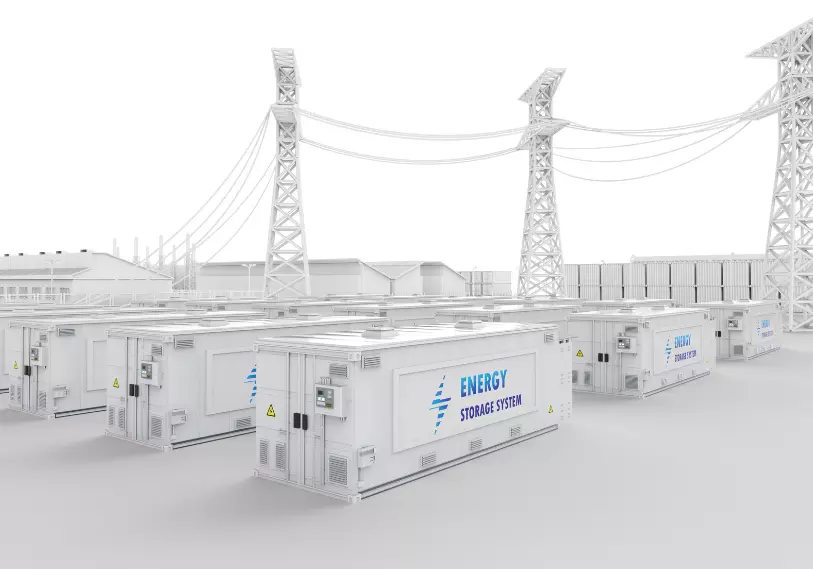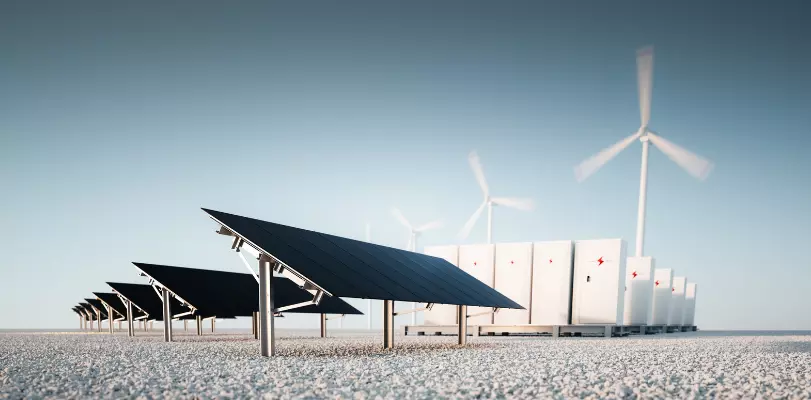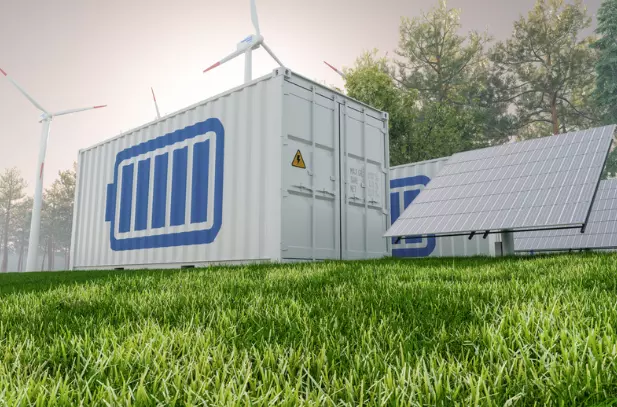What are the different types of Energy Storage Systems and how do they work?
Energy storage systems play a pivotal role in modern energy infrastructure, offering a diverse range of technologies that store and release energy as needed, revolutionising the way we generate, distribute, and utilise electricity.
Thermal Energy Storage (TES) Systems
Thermal Energy Storage (TES) systems are a type of energy storage technology that store and release thermal energy for later use. These systems capture and store excess thermal energy when it is available and then release it when there is a demand for heating or cooling. TES systems typically involve storing thermal energy in a medium such as water, molten salts, or phase-change materials. During the charging phase, the medium is heated using excess or low-cost thermal energy sources, such as solar energy or waste heat from industrial processes. The stored thermal energy can then be used during the discharging phase to provide heating or cooling for various applications, including buildings, industrial processes, and power generation. TES systems offer advantages such as energy efficiency, flexibility in energy use, and the ability to shift energy consumption to off-peak hours. They play a crucial role in optimising energy utilisation, reducing energy costs, and enhancing the integration of renewable energy sources.
Compressed Air Energy Storage
Compressed Air Energy Storage (CAES) is a technology that stores and releases energy by compressing air. During charging, air is compressed and stored in underground caverns or containers. When electricity demand is high, the stored air is released and expanded through a turbine to generate electricity. CAES has two types: adiabatic, which focuses on minimizing heat loss, and diabatic, which uses external fuel sources for expansion. CAES offers benefits like large-scale and long-duration storage, quick response to demand changes, and integration of renewable energy. However, its round-trip efficiency is generally lower than some other storage technologies.
Battery Energy Storage System
Battery energy storage systems (BESS) are energy storage devices that store electrical energy in the form of chemical energy. They consist of interconnected battery cells that store and release energy electrochemically. BESS are commonly used to store excess energy generated during low-demand periods and release it when demand is high or when renewable sources are not producing. They play a crucial role in renewable energy integration, grid stability, and providing backup power during grid outages. BESS utilize various battery chemistries, with lithium-ion batteries being the most commonly used due to their high energy density, efficiency, and cycle life. Charging involves converting electricity into chemical energy, while discharging involves converting stored chemical energy back into electrical energy. BESS often incorporate power management systems to optimize energy use based on demand and pricing. Efficiency typically exceeds 80% and can reach over 90% for advanced battery technologies.
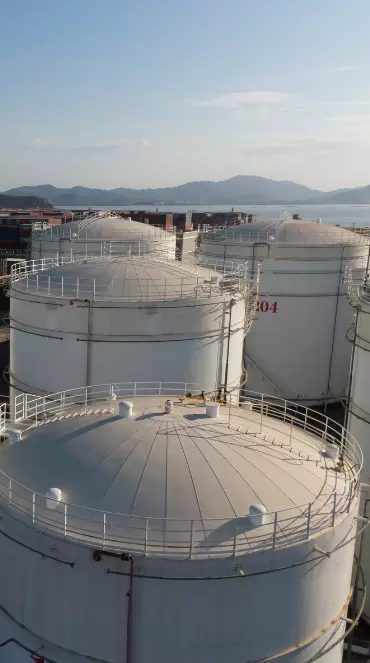
Pumped Hydro Storage
Pumped hydro storage is an energy storage system that utilises the power of water to store and release energy. It involves two water reservoirs located at different elevations. During periods of low electricity demand or excess renewable energy availability, the system operates in the charging mode. Water is pumped from the lower reservoir to the upper reservoir using electrically driven pumps, requiring energy input from the grid or other sources. As water is pumped to the upper reservoir, it gains potential energy due to the increased elevation, which is converted into stored energy. When there is high electricity demand or renewable energy scarcity, the system enters the discharging mode. The stored water in the upper reservoir is released, flowing downhill to the lower reservoir. As the water flows, it passes through turbines located in a hydropower plant, where its potential energy is converted into kinetic energy, driving the turbines and rotating generators to produce electricity. Pumped hydro storage offers high energy efficiency, large-scale storage capacity, long-duration storage capability, and fast response times. It plays a critical role in grid balancing, load management, and integrating intermittent renewable energy sources into the electrical grid.
Flywheel Energy Storage Systems
Flywheel energy storage systems are a type of energy storage technology that store energy in the form of rotational motion. They use a spinning rotor, known as a flywheel, to store and release energy. During charging, electrical energy is converted into rotational energy, accelerating the flywheel to high speeds. This stored energy can be held for short periods of time until it is needed. When electricity demand increases or there is a power outage, the rotational energy of the flywheel is converted back into electrical energy and released. Flywheel systems offer several advantages, such as fast response times, high power density, and a long operational lifespan. They are commonly used for applications that require short bursts of high power, frequency regulation, and backup power supply.
Supercapacitors
Supercapacitors, also known as ultracapacitors or electrochemical capacitors, are energy storage devices that store electrical energy via electrostatic charge separation. They consist of two electrodes with an electrolyte in between. Supercapacitors have high capacitance and can store and release energy rapidly. Unlike batteries, they store energy electrostatically rather than chemically, enabling quick charging and discharging cycles. Supercapacitors find applications in various fields, including electric vehicles, renewable energy systems, and electronic devices. They offer benefits such as high power density, long cycle life, and the ability to operate over a wide temperature range.
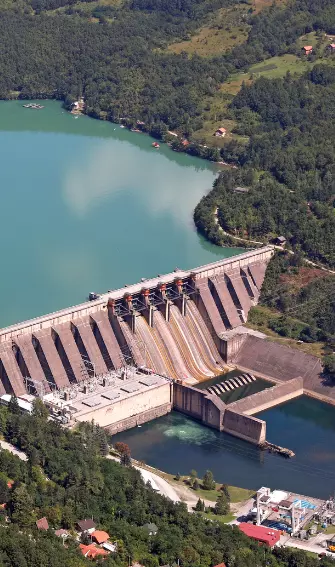
HOW CAN WE HELP YOU?
Find out more about how we can support your business.
Our experts are always on hand to deal with your request.




